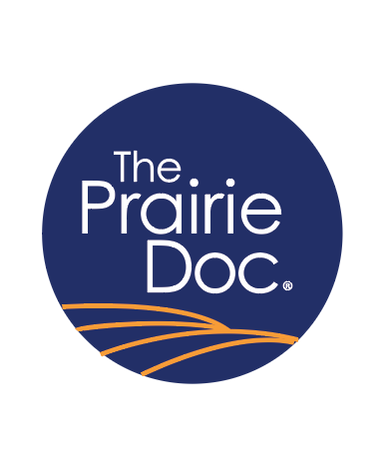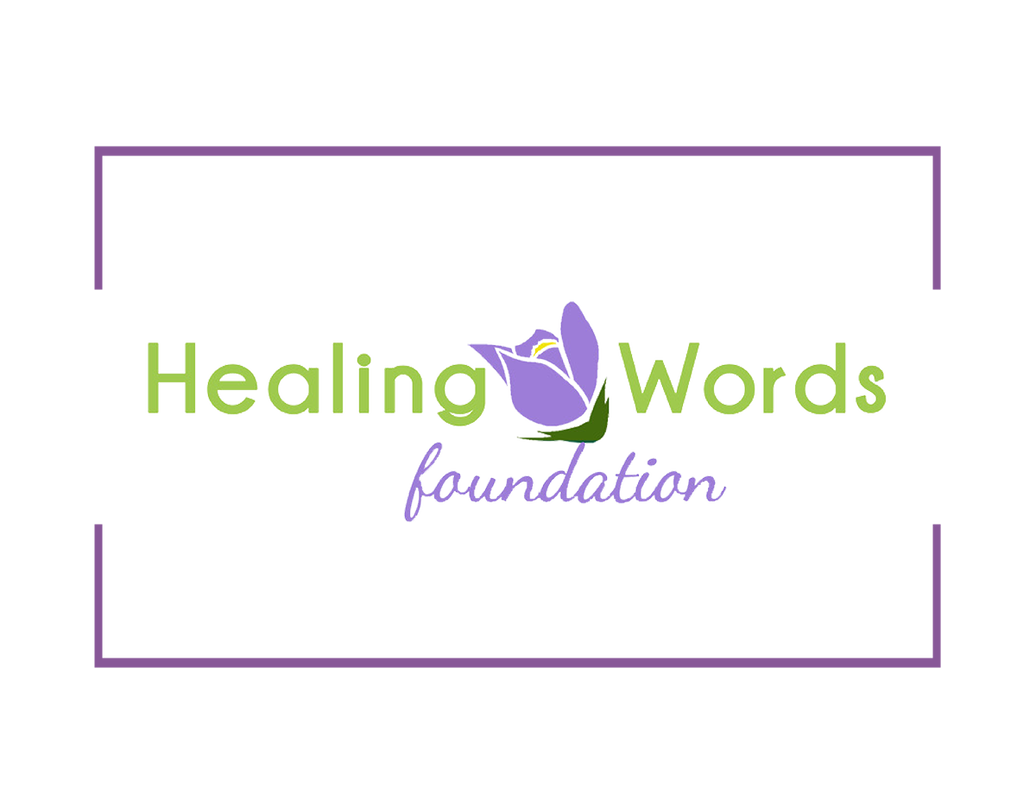Health Care Access for Rural AmericansBy Philip Meyer, D.O.
For most of us, seeing the doctor means making a trip to the local clinic to see our primary care physician in person, but an increasing number of patients are seeing their doctor remotely by telehealth, using two-way video telecommunication technology. The popularity of telehealth services soared during the COVID pandemic much like Zoom and similar technologies. Historically, patients and health care providers alike have been reluctant to adopt it, but federal health policy changes have removed many of the barriers to telehealth access and have promoted its use in both primary and specialty care. According to the National Institutes of Health, twenty percent of us live in rural America where less than ten percent of physicians practice. I personally have known patients who live more than one hour from their primary physician and more than three hours from a medical specialist. Taking time off work and the travel expense required cause many patients to delay seeking care until their acute illness becomes complicated or their chronic condition deteriorates. Thankfully, as telehealth services have grown, time and expense of travel to a specialist have decreased and access to care has increased for many. Rural emergency physicians and hospitalists utilize telehealth services for additional support and expert opinions for issues ranging from acute trauma and cardiac arrests to coordination with critical care specialists regarding the optimal management of a patient’s ventilator. Although not every specialty is available, the advent of telehealth has afforded many outpatients the opportunity to stay in their hometown and see a specialist. While my patients and I have had many positive experiences with telehealth, none exemplifies the power of a remote video connection better than one of my first encounters with a critically ill COVID patient in my local ICU last Fall. Moments after placing a call to my telehealth affiliate, I was video chatting with a critical care specialist in Seattle – America’s first COVID epicenter. I was in my central South Dakota rural ICU wearing my PPE standing beside my patient who was now on a ventilator struggling with a disease I had never seen or treated and in the room with us virtually, but 1300 miles away, was a specialist with six months of experience treating dozens of patients like the one before me. There will never be a replacement for in-person health care and a physical examination is required for proper diagnosis in most cases, but I urge you to keep an open mind to seeing a physician remotely by telehealth when necessary and consider the power it can add to your overall health care. Philip Meyer, D.O., a hospitalist in Pierre, South Dakota, is a contributing Prairie Doc® columnist. He appears as a guest during On Call with the Prairie Doc® a medical Q&A show streaming on Facebook and broadcast on SDPB Thursday, July 1 at 7 p.m. Central. For free and easy access to the entire Prairie Doc® library, visit www.prairiedoc.org and follow Prairie Doc® on Facebook. The Liver, We Can’t Live Without ItBy Kenneth A. Bartholomew, M.D.
The liver is one of the most amazing but underrated organs in our bodies. We cannot live without it, and, unlike the kidney, we cannot bypass it with a dialysis machine. Lose your liver and you lose your life. The liver is essential for digestion, but also detoxifies our blood, filtering, breaking down, and disposing of chemicals we cannot use. While there are many toxins that can harm the liver cells, it has an amazing ability to regenerate itself. It can suffer immense damage, nearly die out, then recover and allow many more years of life. To help us discuss liver damage, we look at ‘hepato’ from the Greek ‘hepar’ or liver. Thus, the words ‘hepatocellular’ meaning cells of the liver, and ‘hepatitis’ referring to inflammation of those cells. Hepatitis can cause cirrhosis (liver scarring), liver failure, liver cancer and death. The classic forms of hepatitis (yellow jaundice) are caused by the hepatitis viruses, A, B, and C. Hepatitis C is particularly aggressive but thankfully there is now a drug that can kill this virus. Toxins and chemicals can also cause hepatitis, the most common being drinking alcohol and acetaminophen (Tylenol). The combination of both is especially toxic. Other commonly used medications that can damage the liver include aspirin, cholesterol drugs called statins, anti-seizure meds like phenytoin (Dilantin), ketoconazole, some antiviral drugs, and anabolic steroids. If you take these prescription meds, do not stop. Instead talk to your doctor if you have questions. Unknown to many people is the fact that even some herbs and supplements, used excessively, can cause liver damage. Comfrey, black cohosh, aloe vera, cascara, kava, and chaparral are just a few; even vitamins taken in quantity have poisoned the livers of children who mistook them for candy. Regrettably, in our obese society, fatty liver is fast becoming one of the most common forms of liver damage. Fatty infiltration of the liver cells causes inflammation. NASH (nonalcoholic steatohepatitis) is the worst form of this. There is no medication; the only known cure is significant weight loss. A simple blood test can reveal if your liver enzymes are in the normal range or if they are showing inflammation. The liver may be underrated, but please do not ignore it. Schedule your annual exam and talk to your doctor about your liver. Catch problems early and you might prevent long-term complications. Kenneth A. Bartholomew, M.D. is a contributing Prairie Doc® columnist. He practices in Pierre, South Dakota and serves on the Healing Words Foundation Board of Directors, a 501c3 which provides funding for Prairie Doc® programs. For free and easy access to the entire Prairie Doc® library, visit www.prairiedoc.org and follow Prairie Doc® on Facebook featuring On Call with the Prairie Doc® a medical Q&A show streaming on Facebook and broadcast on SDPB most Thursdays at 7 p.m. Central. When Money is No ObjectBy Debra Johnston, M.D.
I’ve been spending a lot of time talking with patients about the COVID-19 vaccine. Sometimes we celebrate being fully vaccinated. Some patients are skeptical about how serious COVID-19 infections actually were. And others are not convinced they can trust the vaccine. When I talk to the first group, we chat about our plans to reunite with people and activities we love. With the second group, I share stories of my firsthand experiences as a doctor during this crisis. We talk about interpreting death rates, how death certificates are filled out, or how health care is reimbursed. I particularly enjoy the conversations with the third group, many of whom share some of the same questions I had. I did not believe, at the beginning of the pandemic, we could possibly have a vaccine by the end of 2020. How could a vaccine for a brand-new disease be developed so quickly? There are two lessons beautifully illustrated by the lightning-fast development of the COVID-19 vaccines. The first is what can happen when money is no object. The typical process of drug development involves a relatively small investment for initial testing, investing a little more only if those results are encouraging, rinse and repeat. With the COVID-19 vaccines, all needed funding was available almost immediately. The second lesson is the importance of past research. Other coronaviruses caused outbreaks of SARS (severe acute respiratory syndrome) in 2003, and MERS (Middle East respiratory syndrome) in 2012. Researching these deadly infections taught us how coronaviruses invaded human cells, so we knew that the spike protein was a good target for a vaccine. Developing a vaccine for Ebola taught us how to safely edit the genes of a less harmful virus and use it to teach our immune systems to fight a more serious infection. Thirty years of mRNA research led to clinical trials of mRNA-based cancer therapies, and investigation of mRNA vaccines for influenza, rabies, and Zika. All this research and technology was used in COVID-19 vaccine development. Chinese scientists published the genetic code for the virus in January 2020. Within days, using all that previous knowledge, researchers began production of vaccines. When the clinical trials began, the pandemic was raging, and many trial participants were exposed to COVID-19 over a short period of time. Trials could proceed faster than usual because when lots of people are getting sick, it doesn’t take as much time to determine if a therapy, including a vaccine, is effective. Were the COVID-19 vaccines developed in record time? Yes. Because money was no object, and because 30 years of scientific research and development left us poised to succeed. Debra Johnston, M.D. is part of The Prairie Doc® team of physicians and currently practices family medicine in Brookings, South Dakota. For free and easy access to the entire Prairie Doc® library, visit www.prairiedoc.org and follow Prairie Doc® on Facebook featuring On Call with the Prairie Doc® a medical Q&A show streaming on Facebook and broadcast on SDPB most Thursdays at 7 p.m. central. Patients Deserve ClarityBy Jill Kruse, D.O.
I was sitting in my beach chair on vacation soaking up the sun when I overheard the couple next to me sounding concerned. They were throwing out lots of big medical terms but were very confused and said that they did not understand anything that they read on this MRI report. I turned to them, apologized for eavesdropping, and introduced myself as a physician. I offered to “translate” what the radiologist report said, and they gladly accepted. Their problem was not a lack of information. They had access to the patient portal and were able to download the MRI report and the physician’s notes. All this information was written in medical terms, acronyms, and shorthand with a few words in Latin and Greek sprinkled in. What they lacked was clarity and understanding. So, I sat there on the beach and translated the report into layman’s terms. The family was grateful, and I was happy to help ease their minds. This was not what I had planned to do on this beautiful day at the beach, but it was rewarding to be able to use my knowledge and skills to help them get some clarity. However, it was disheartening that they had to rely on help from a stranger who happened to overhear their discussion about arteriovenous fistula. The medical record is written by doctors to communicate to other doctors and is full of terms and jargon that are not used by most people. Having access to this information is good, but when taken out of context or the relationship of a visit with a physician, information can cause more confusion and unnecessary anxiety. To quote Takeda Shingen, “Knowledge is not power, it is only potential. Applying that knowledge is power. Understanding why and when to apply that knowledge is wisdom!” Years of medical school, residency, and continuing medical education help doctors gain knowledge, understanding, and hopefully, the wisdom to communicate effectively with our patients. A worthy health care team welcomes and encourages questions, eager to give you the best information possible. We want you to know what is going on with your health, and to fully understand what all the labs and tests mean. If you ever feel like this family on the beach, my recommendation is to contact your physician or health care provider and ask for more time to discuss your health status. Doctors on the beach everywhere will thank you, as we relax and enjoy our time with our family knowing that your family is well taken care of. Jill Kruse, D.O. is part of The Prairie Doc® team of physicians and currently practices family medicine in Brookings, South Dakota. For free and easy access to the entire Prairie Doc® library, visit www.prairiedoc.org and follow Prairie Doc® on Facebook featuring On Call with the Prairie Doc® a medical Q&A show streaming on Facebook and broadcast on SDPB most Thursdays at 7 p.m. central. |
Archives
July 2024
Categories |
 RSS Feed
RSS Feed


